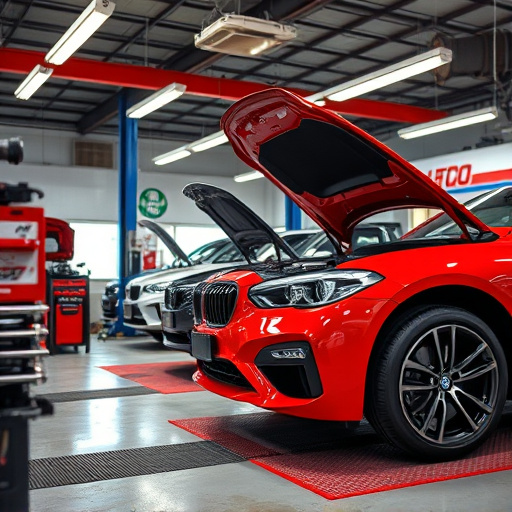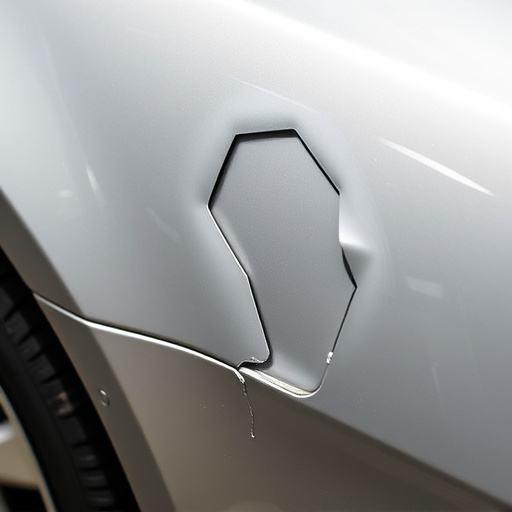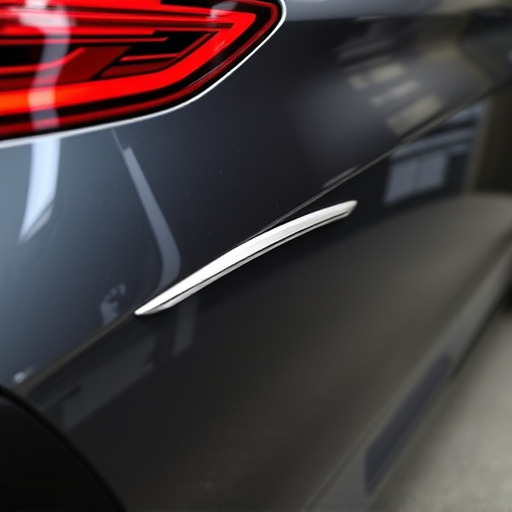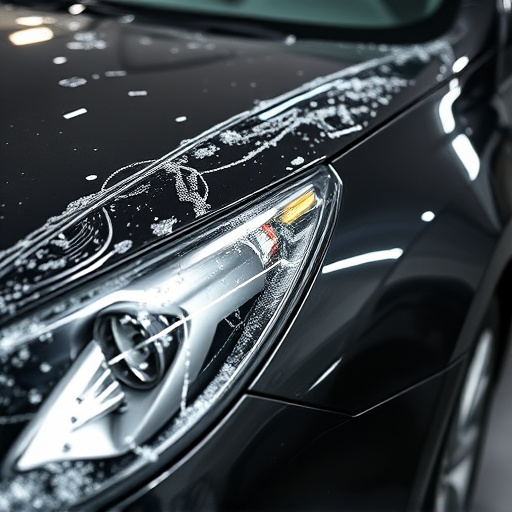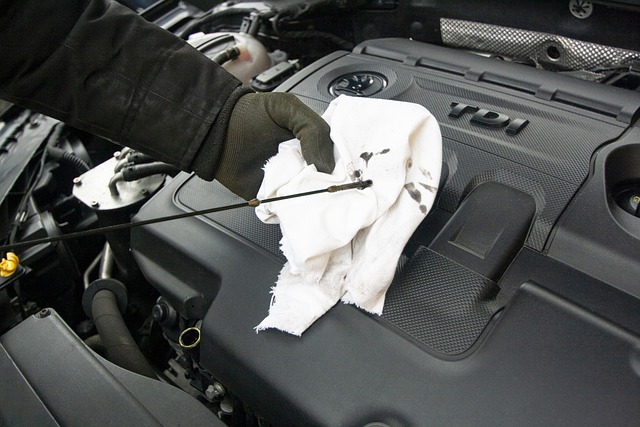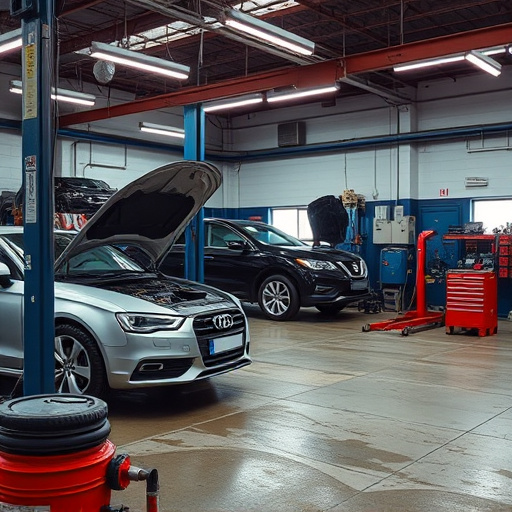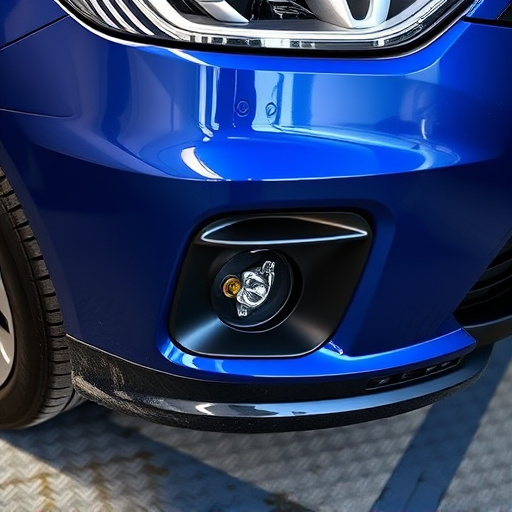Plasma cutting collisions in automotive workshops pose significant risks to repair quality and technician safety. These incidents cause equipment damage, misaligned cuts, weakened structures, and potential failure, while also creating sharp edges and flying debris hazards. To mitigate these risks, auto body shops specializing in plasma cutting repairs must implement robust quality control measures, including advanced measurement tools, CAD software integration, and real-time monitoring systems. Such measures ensure precise, efficient, and safe repairs, particularly for intricate designs like Mercedes Benz fender repair, ultimately enhancing customer satisfaction and workshop reputation.
In the realm of precision manufacturing, plasma cutting is a game-changer. However, understanding and mitigating plasma cutting collisions—a common yet detrimental issue—is crucial for maintaining high-quality standards in repair processes. This article explores effective quality control strategies to tackle these collisions head-on. We delve into the causes and effects, providing insights into potential hazards. Additionally, we uncover advanced techniques that enhance quality assurance during repairs, ensuring precision and efficiency in today’s competitive market.
- Understanding Plasma Cutting Collisions: Causes and Effects
- Implementation of Quality Control Measures for Efficient Repairs
- Advanced Techniques to Enhance Quality Assurance During Plasma Cutting Repairs
Understanding Plasma Cutting Collisions: Causes and Effects

Plasma cutting collisions are a common occurrence in automotive workshops, especially during complex collision repair and auto body work. These incidents can have significant impacts on the quality of repairs and the overall safety of the process. Understanding the causes and effects of plasma cutting collisions is essential for ensuring optimal control during the repair process.
When a plasma cutter, a high-tech tool used to cut through metal, encounters an obstacle or collides with another object, it can lead to various outcomes. The primary effect is damage to both the cutter and the workpiece, resulting in misaligned cuts, weakened structures, and even complete equipment failure. Moreover, such collisions may cause safety hazards for technicians, particularly when dealing with sharp edges and flying debris. Effective quality control measures are crucial to mitigate these risks, ensuring accurate repairs and maintaining a safe working environment in car collision repair settings.
Implementation of Quality Control Measures for Efficient Repairs

Implementing robust quality control measures is paramount for shops specializing in plasma cutting repairs to ensure precise and efficient results. These measures involve a systematic approach to monitor and maintain high standards throughout the repair process. By establishing clear protocols, technicians can effectively manage potential challenges, especially when dealing with intricate designs or complex metal structures. Regular training sessions and adherence to industry best practices play a crucial role in fostering consistency.
For instance, in vehicle body repair, where precision is key, shops might employ advanced measurement tools to verify the accuracy of plasma cutting collisions. This meticulous process ensures that panels fit perfectly, aligning with manufacturers’ specifications, particularly in high-end auto body services like Mercedes Benz repair. Such attention to detail not only guarantees customer satisfaction but also fosters a reputation for excellence within the industry.
Advanced Techniques to Enhance Quality Assurance During Plasma Cutting Repairs
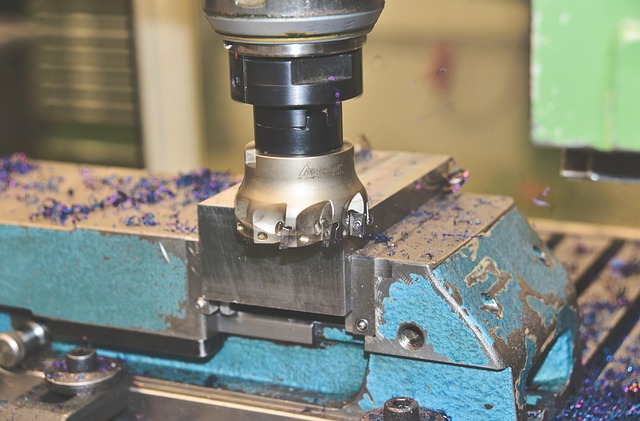
In modern car body shops and auto repair facilities, advanced techniques play a pivotal role in enhancing quality assurance during plasma cutting repairs. These innovative methods go beyond traditional practices to ensure precision and accuracy. One such technique involves the integration of computer-aided design (CAD) software with plasma cutting machines. By digitizing the cutting patterns, technicians can precisely map out the cut lines, minimizing errors and ensuring consistent results, which is especially crucial in intricate fender repair processes.
Additionally, advanced sensors and real-time monitoring systems are employed to detect any deviations during the cutting process. These sensors can quickly identify issues like plasma collision—where the high-energy beam interacts with different materials, potentially causing inconsistencies—and provide instant feedback to the operators. This allows for on-the-fly adjustments, guaranteeing that every cut adheres to the desired specifications, thereby maintaining the highest standards in any auto repair shop, be it a specialized fender repair center or a full-service car body shop.
Shops implementing robust quality control measures during plasma cutting repairs are better equipped to mitigate the effects of plasma cutting collisions. By understanding the causes and consequences of these collisions, adopting efficient repair processes, and employing advanced techniques like automated measurement tools and multi-axis welding, businesses can ensure consistent and high-quality outcomes. These strategies not only enhance the integrity of repaired components but also contribute to improved customer satisfaction and reduced downtime in manufacturing environments.
